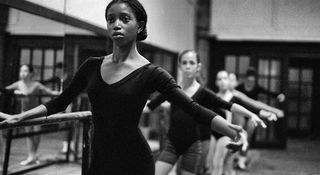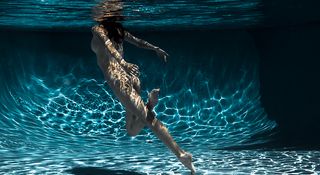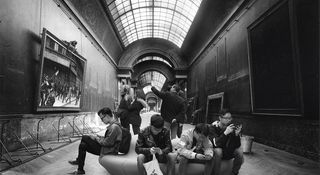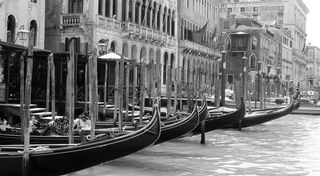
Photographies for Sale
Save your search and find it in your favorites
Saved search
Your search is accessible from the favorites tab > My favorite searches
Unsaved search
A problem occurred

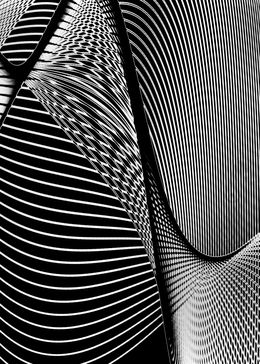
Rhythmogramm 183A
Heinrich Heidersberger
Photography - 59.4 x 42 x 0.1 cm Photography - 23.4 x 16.5 x 0 inch
€1,350
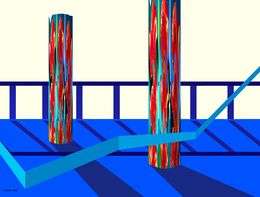
Enero 2
Antonio Aguirre Pacheco
Photography - 80 x 106 x 1 cm Photography - 31.5 x 41.7 x 0.4 inch
€1,700


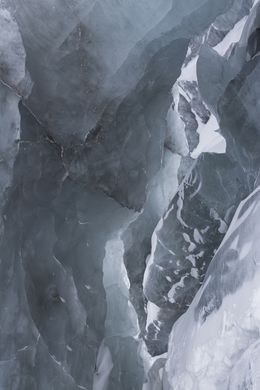

Aus dem Gruppenbuch der Christiane P. - Wir Thälmannpioniere
Matthias Leupold
Photography - 50 x 40 x 0.1 cm Photography - 19.7 x 15.7 x 0 inch
€900
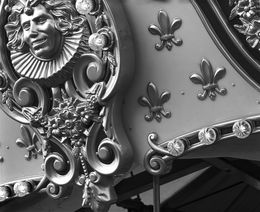
01501- Midway Lights
Simeon Posen
Photography - 25.4 x 30.5 x 5.1 cm Photography - 10 x 12 x 2 inch
€870
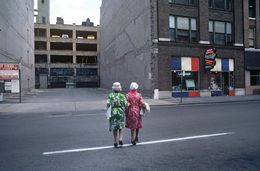
St Louis Ladies
Alain Le Garsmeur
Photography - 51 x 61 x 0.01 cm Photography - 20.1 x 24 x 0 inch
€875

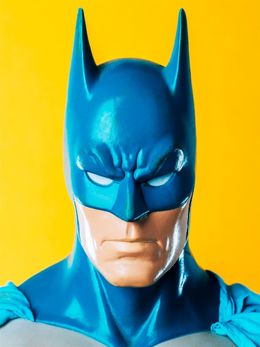
Plastic Head: Rare Vintage Batman Doll - 1988
Ryan O'Donoghue
Photography - 100 x 75 x 0.5 cm Photography - 39.4 x 29.5 x 0.2 inch
€1,154

No77 Spirit
Yevgeniy Repiashenko
Photography - 91 x 91 x 0.1 cm Photography - 35.8 x 35.8 x 0 inch
€1,475


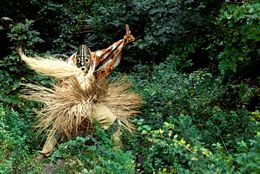
Searching for Flowers
Kiritin Beyer
Photography - 51 x 76 x 0.1 cm Photography - 20.1 x 29.9 x 0 inch
€1,000
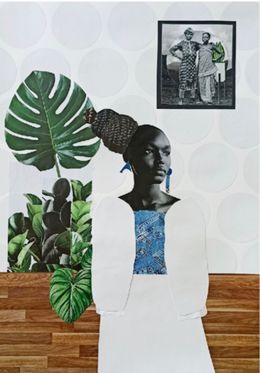
Conversaciones 4
Giana De Dier
Photography - 70 x 50 x 1 cm Photography - 27.6 x 19.7 x 0.4 inch
€4,000
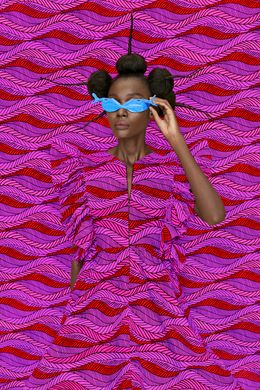
The Future is Today
Thandiwe Muriu
Photography - 90 x 60 x 0.1 cm Photography - 35.4 x 23.6 x 0 inch
€12,000
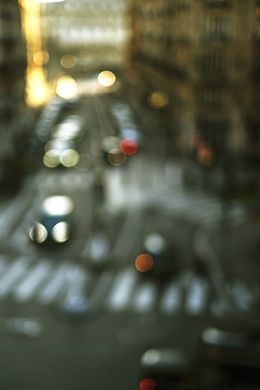

Neue Kammern Enfilade V. From the Neue Kammern Enfilades series
Celia Rogge
Photography - 182.9 x 121.9 x 0.3 cm Photography - 72 x 48 x 0.1 inch
€9,551
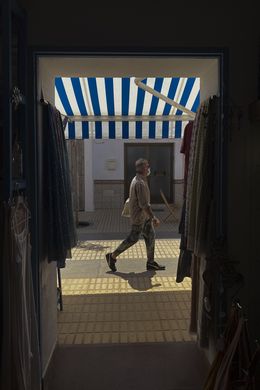
Vue sur rue, Alcúdia
Christelle Yambayisa
Photography - 105 x 70 x 1 cm Photography - 41.3 x 27.6 x 0.4 inch
€1,900
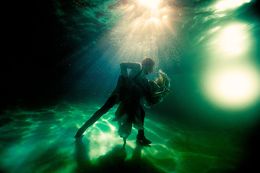
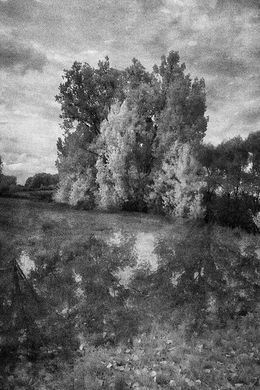
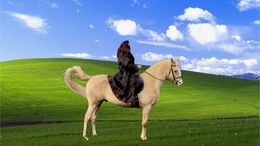
Basic Instincts: The Horse
OONA
Photography - 29.7 x 42 x 0.3 cm Photography - 11.7 x 16.5 x 0.1 inch
€1,500
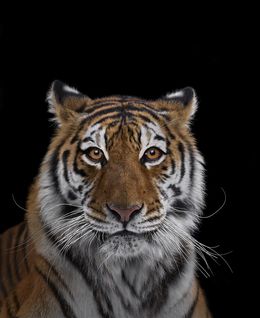
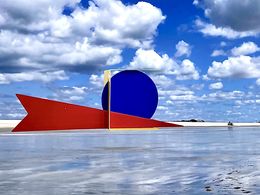

Polo Party - Limited Edition Estate Stamped Print
Slim Aarons
Photography - 76.2 x 101.6 cm Photography - 30 x 40 inch
€3,300

New Utopias #4 (Blonde Girl) | Fotografiska Berlin 2024 : Miles Aldridge : Virgin Mary. Supermarkets. Popcorn.
Miles Aldridge
Photography - 111 x 98 cm Photography - 43.7 x 38.6 inch
€7,500

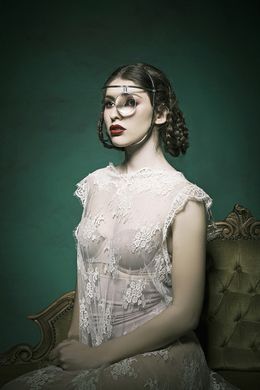
Introspection
Mathilde Oscar
Photography - 60 x 40 x 1 cm Photography - 23.6 x 15.7 x 0.4 inch
€2,000

Chemin Faisant "Le poirier" (1)
Bertrand Desprez
Photography - 30 x 30 x 2.5 cm Photography - 11.8 x 11.8 x 1 inch
€300
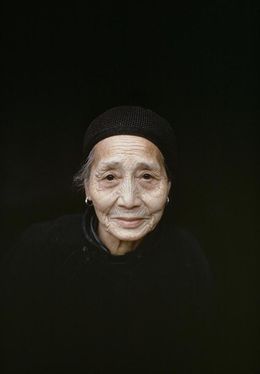
China. Retired woman.
Eve Arnold
Photography - 40.6 x 30.5 x 5.1 cm Photography - 16 x 12 x 2 inch
€2,273

Nick Lowe and Elliot Easton of The Cars - Boston, MA
Michael Grecco
Photography - 40.6 x 50.8 x 5.1 cm Photography - 16 x 20 x 2 inch
€2,902



Les architectures de l'ombre V.XXXXI
Geraldine Wilcke
Photography - 40 x 30 x 3 cm Photography - 15.7 x 11.8 x 1.2 inch
€1,200


Ohne Titel - aus der Serie: Und Abends blüht die Moldau
Eliška Bartek
Photography - 120 x 90 x 2 cm Photography - 47.2 x 35.4 x 0.8 inch
€3,500
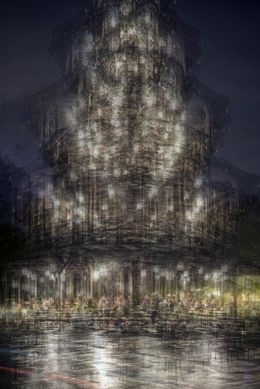
Chinesischer Turm, München
Peter Neusser
Photography - 122 x 87 cm Photography - 48 x 34.3 inch
€3,200

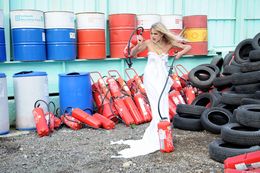


Gucci Cruise, Cannes
Martin Parr
Photography - 112 x 162 x 1 cm Photography - 44.1 x 63.8 x 0.4 inch
€22,500
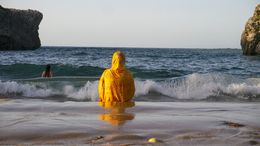
Aura (Identity Claims Series)
Imanol Marrodán
Photography - 30 x 53.3 x 0.1 cm Photography - 11.8 x 21 x 0 inch
€1,000
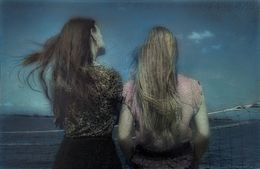
108, de la série Baltique
Irène Jonas
Photography - 18 x 27 x 0.1 cm Photography - 7.1 x 10.6 x 0 inch
€900

Palazzo Grimani, Female Center
Magda Von Hanau
Photography - 121.9 x 81.3 x 0.3 cm Photography - 48 x 32 x 0.1 inch
€3,869

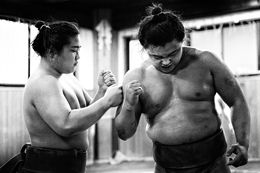

Hotel Chelsea, New York. Room 712
Victoria Cohen
Photography - 67.6 x 101.6 x 0.3 cm Photography - 26.6 x 40 x 0.1 inch
€3,095

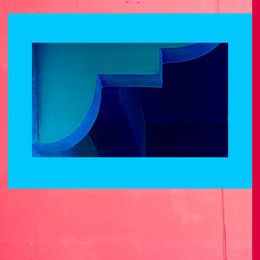
The Charming One - Limited Edition Print
Fatima Mian
Photography - 100 x 100 x 0.1 cm Photography - 39.4 x 39.4 x 0 inch
€626

Number 8
Carlotta Baldazzi
Photography - 60 x 40 x 0.3 cm Photography - 23.6 x 15.7 x 0.1 inch
€560 €504

Pearl in the Oyster
Fatimah Hossaini
Photography - 50 x 70 x 0.3 cm Photography - 19.7 x 27.6 x 0.1 inch
€3,500
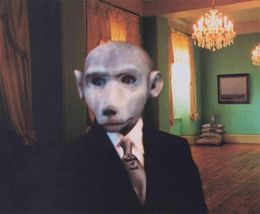
Faith
Jane Alexander
Photography - 51 x 66 x 0.2 cm Photography - 20.1 x 26 x 0.1 inch
€5,200 €4,680


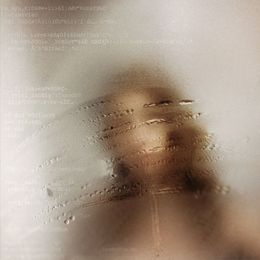
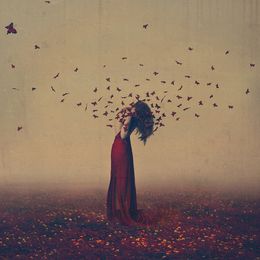
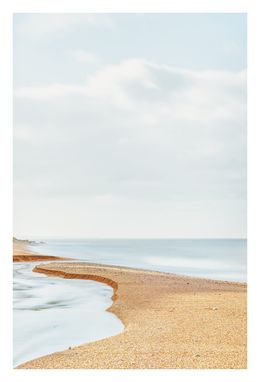
Fresh Water
Sandy Steele-Perkins
Photography - 89 x 59 x 0.5 cm Photography - 35 x 23.2 x 0.2 inch
€790

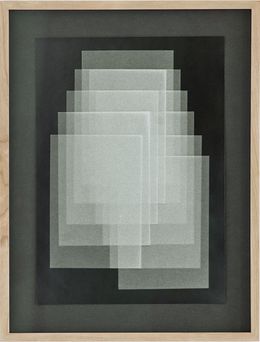
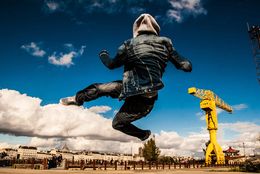
Coste - La grue jaune - Nantes- île Beaulieu - 2012 - série danse et architecture
Lucas Perrigot
Photography - 59.4 x 84.1 x 0.1 cm Photography - 23.4 x 33.1 x 0 inch
€578

La porte dérobée
Tanguy Mendrisse
Photography - 40 x 30 x 0.1 cm Photography - 15.7 x 11.8 x 0 inch
€160
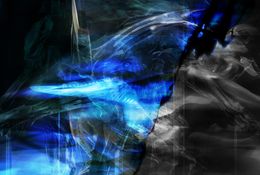

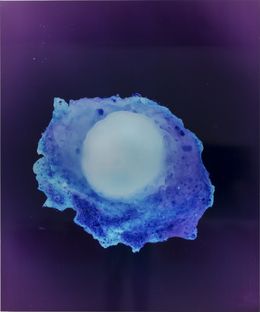
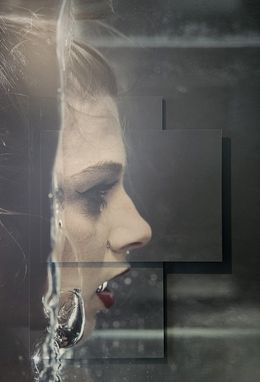
L'aquarium (7 Exemplaires Relief Artwork) Dibond
Cédric Brion Studio Clavicule Pics
Photography - 90 x 60 x 4 cm Photography - 35.4 x 23.6 x 1.6 inch
€1,499

No Title #1317
Jochen Cerny
Photography - 80 x 80 x 3 cm Photography - 31.5 x 31.5 x 1.2 inch
€1,950

Still life #16, Maroc
FLORE Photographer
Photography - 11 x 9 cm Photography - 4.3 x 3.5 inch
€2,300

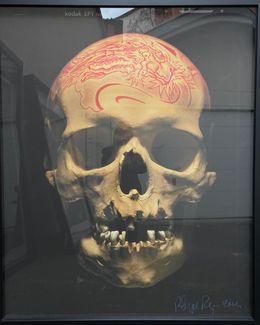
No title
Philippe Pasqua
Photography - 170 x 140 x 0.5 cm Photography - 66.9 x 55.1 x 0.2 inch
€14,000

Lei Non mi Lascia Mai
Elisa Gambalonga
Photography - 90 x 90 x 1.5 cm Photography - 35.4 x 35.4 x 0.6 inch
€1,850
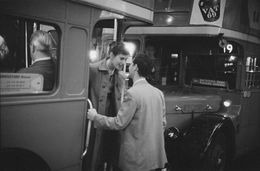
Last London Bus
Bert Hardy
Photography - 31 x 41 x 0.01 cm Photography - 12.2 x 16.1 x 0 inch
€1,100
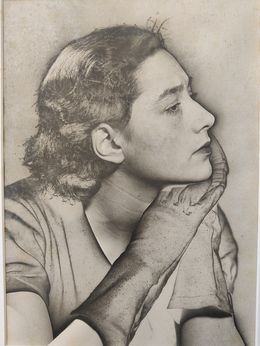

Femme rêvée à la pierre
Michel Verna
Photography - 60 x 80 x 0.3 cm Photography - 23.6 x 31.5 x 0.1 inch
€950

Lustgarten 05
Lidia Masllorens
Photography - 45 x 32 x 4 cm Photography - 17.7 x 12.6 x 1.6 inch
€4,500

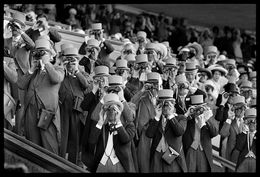
Upper Glasses Royal Ascot
Arthur Steel
Photography - 48 x 61 x 1 cm Photography - 18.9 x 24 x 0.4 inch
€1,825

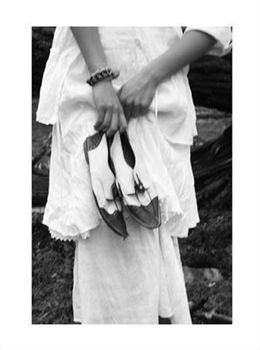
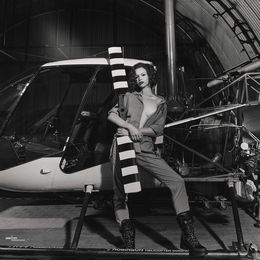
Hangar backstage
Grzegorz Sikorski
Photography - 80 x 80 x 0.1 cm Photography - 31.5 x 31.5 x 0 inch
€250
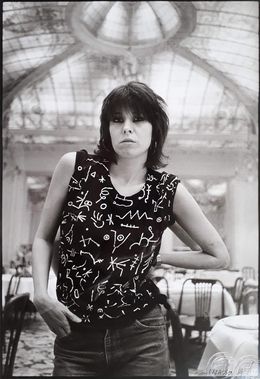
Chrissie Hynde, Paris
Pierre Terrasson
Photography - 50 x 40 x 0.1 cm Photography - 19.7 x 15.7 x 0 inch
€1,500
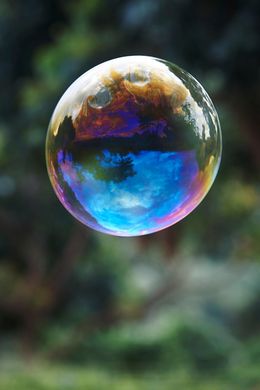
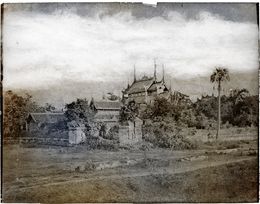
Amerapoora. My-au-dyk Kyoung - Tripe
Thomas Ruff
Photography - 40 x 50 cm Photography - 15.7 x 19.7 inch
€1,800


Huida hacia la libertad
Incerta Gloria
Photography - 60 x 45 x 0.5 cm Photography - 23.6 x 17.7 x 0.2 inch
€903

The Mane
Eric Sanger Monteros
Photography - 51 x 90 x 2 cm Photography - 20.1 x 35.4 x 0.8 inch
€3,500

Aspérités
Jean-Robert Franco
Photography - 100 x 70 x 1 cm Photography - 39.4 x 27.6 x 0.4 inch
€2,000



La théorie des cordes n°1/7
Johann Fournier
Photography - 40 x 60 x 2 cm Photography - 15.7 x 23.6 x 0.8 inch
€950


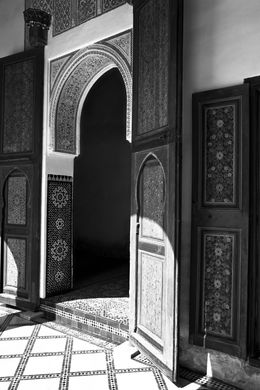
Discover the styles & movements
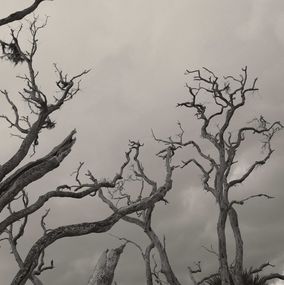

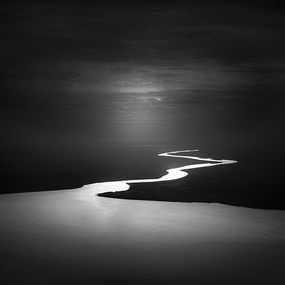

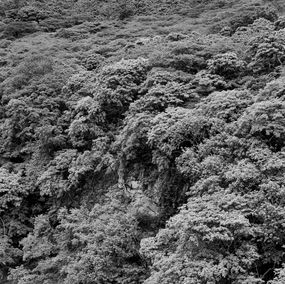

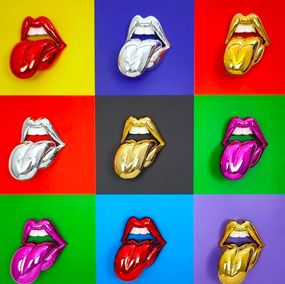

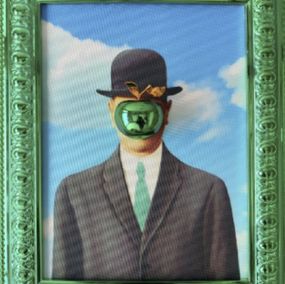

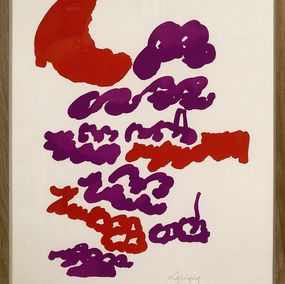

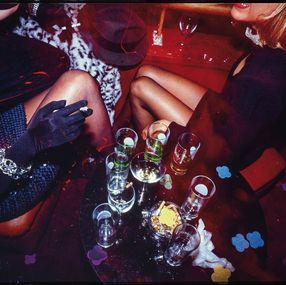
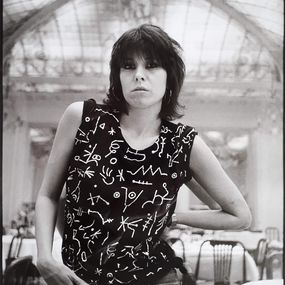

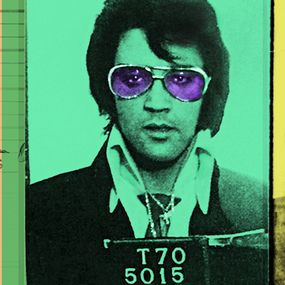
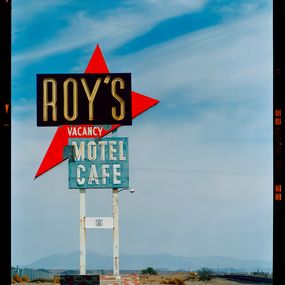
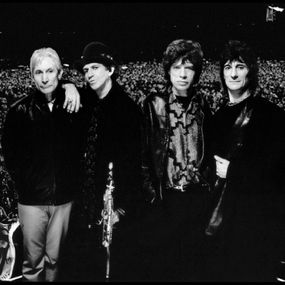


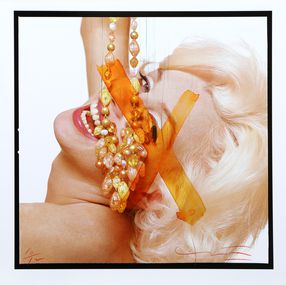



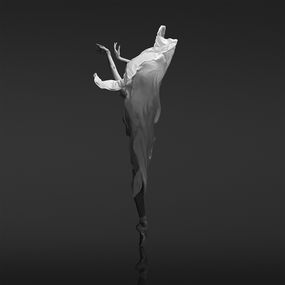
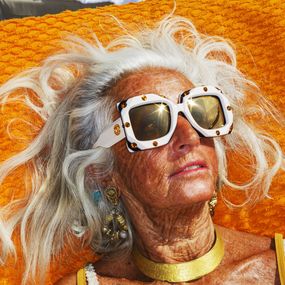

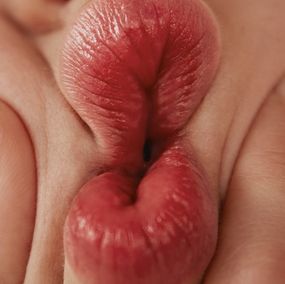








Discover the selection of our experts
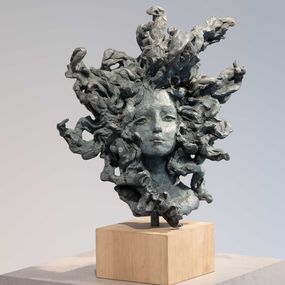
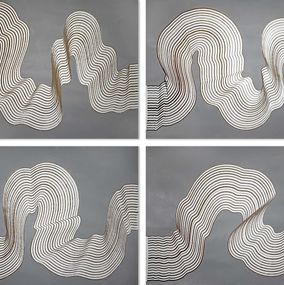
Drawing No. 453
Sumit Mehndiratta
Fine Art Drawings - 42 x 60 x 0.1 cm Fine Art Drawings - 16.5 x 23.6 x 0 inch
€1,200


Serie Terra Retrato en fondo beige
Enrique Pichardo
Painting - 70 x 70 x 1 cm Painting - 27.6 x 27.6 x 0.4 inch
€864

Calme et le silence bronze
Miguel Guía
Sculpture - 40 x 16 x 15 cm Sculpture - 15.7 x 6.3 x 5.9 inch
€1,340


Holding your hands
Katharina Hormel
Painting - 100 x 100 x 2 cm Painting - 39.4 x 39.4 x 0.8 inch
€1,600

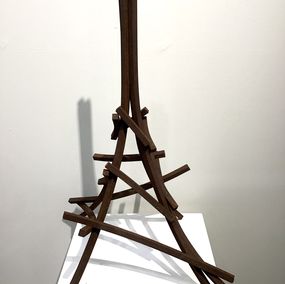
Tour Eiffel #3
Ariel Elizondo Lizarraga
Sculpture - 55 x 45 x 35 cm Sculpture - 21.7 x 17.7 x 13.8 inch
€990


The tree of life
Seyran Gasparyan
Painting - 50 x 60 x 2 cm Painting - 19.7 x 23.6 x 0.8 inch
€1,161 €987
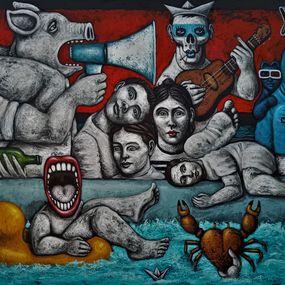
Photographies for Sale
Omnipresent and seemingly so natural in the smartphone era, the history of photography remains a relatively recent occurrence in comparison with the history of mankind.
Although it has been said that the technique's early stages began at the start of the 19th century, we owe its invention to Louis Daguerre in 1839. An associate of Niepce, he improved darkroom exposure time and modified the chemical elements necessary for the development of photographs. The daguerreotype was revealed to the general public on 7th January 1839 during a meeting at the French Academy of Sciences. Worldwide success was quick to follow.
Photo studios opened everywhere and the richest and most influential families at the time had their portrait taken in black and white.
Over time, the process took less and less time and the material needed less and less space. Tripods were eventually no longer necessary. In 1889, Eastman Kodak launched a portable camera with a film roll and photography took a completely new form.
Artists seized this new opportunity and art photography quickly started to develop.
The 20th century is characterized by the work of some of the most important photographers: Walker Evans, Henri Cartier Bresson, Robert Mapplethorpe, Raymond Depardon and of course Robert Doisneau. They succeeded incompletely transforming our vision of the world. They marked the end of one world and opened the way for another in which we could determine the contours and colors in of the world in our own unique ways. They showed us social realities and tragedies but they also immortalized the magic of Hollywood and the iconic men and women of their time.
Their successors followed in their footsteps, inspired by their unique framing and composition techniques. The creative possibilities of photography were yet again multiplied by the latest digital developments. Certain photographers maintained their steadfast love for the silver Leica cameras but many swapped them for sharper focus of reflex cameras and decided to play around in post-production to modify the photo's characteristics and final image.
Artsper's selection is representative of international photography from the 1950s to the current day. Made up of thousands of works, it covers a whole host of artistic processes, from photojournalism to fashion photography, contemporary documentary work, black and white photography to works which blur the lines between photography and other visual arts as well as iconic and sport photographs.
Two principles can be used to guide you when choosing a work of art photography: you can choose to prioritize the diversity of artistic approaches, or to create ensembles, by buying entire series enabling you to acquire coherent monographic collections.
Whether with portraits, romantic landscapes, urban imagery, daily life or reporting events, photography ensures the faithful representation of oneself or of those around us. Amongst many others, you will find the following names in our selection of famous photographers: Liu Bolin, Annie Leibovitz, Helmut Newton, Larry Clark and Carrie Mae Weems. And within our emerging artists you will find Clarisse Rebotier and Théo Gosselin, alongside countless others. You can also explore both small and large format photographs. You can discover more in our selection of photography recommendations.
